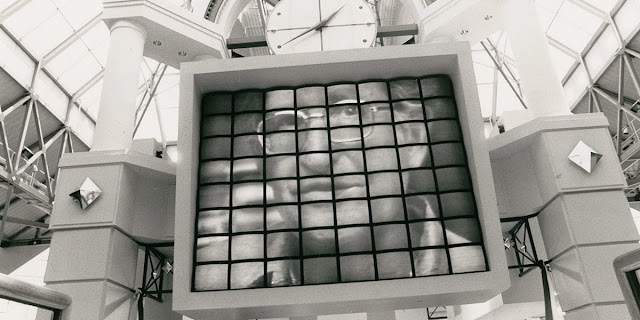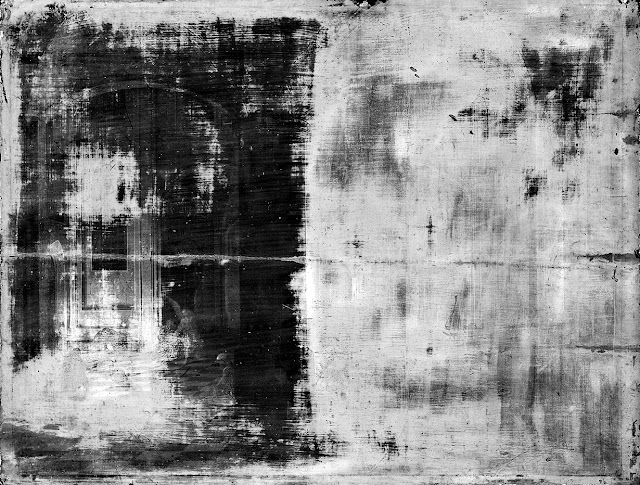The X-Ray Audio Project

Many older people in Russia remember seeing and hearing strange vinyl type discs when they were young. The discs had partial images of skeletons on them, were called 'Bones' or 'Ribs' and originated in the Cold War years of the Soviet Union. In an era when the recording industry was ruthlessly controlled by the State, music-mad bootleggers had found an incredible alternative means of making illegal copies of forbidden recordings - they repurposed used X Ray plates obtained from local hospitals. The X-Ray Audio Project is telling this amazing story of forbidden music, cold war culture, bootleg technology and human endeavour with an online archive, a book, an award winning documentary, live events and a travelling exhibition. The project is supported by Arts Council England and has received a large amount of PRESS and media coverage.



